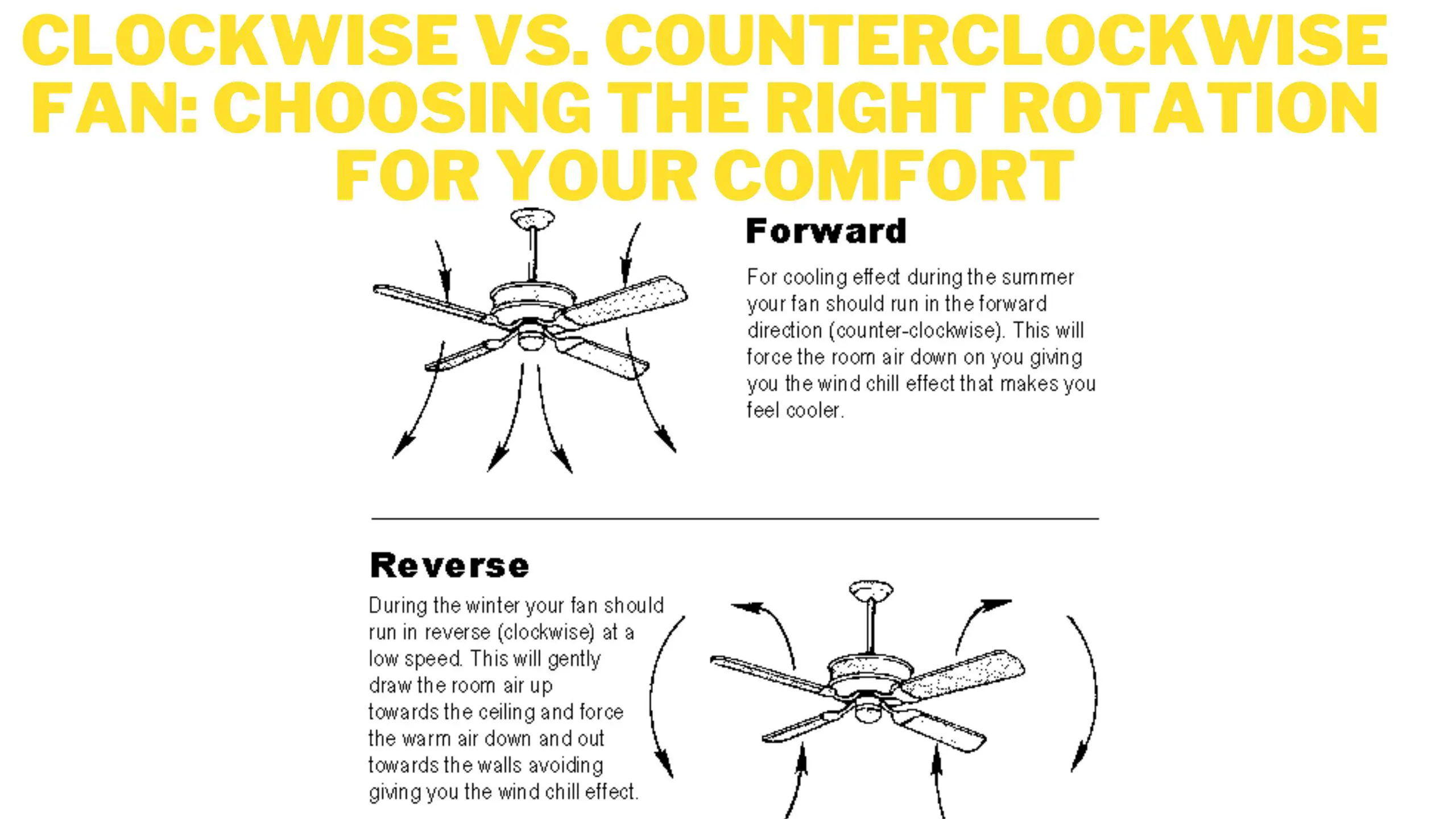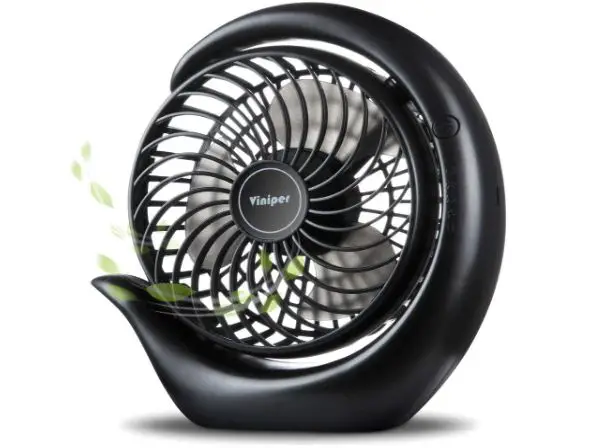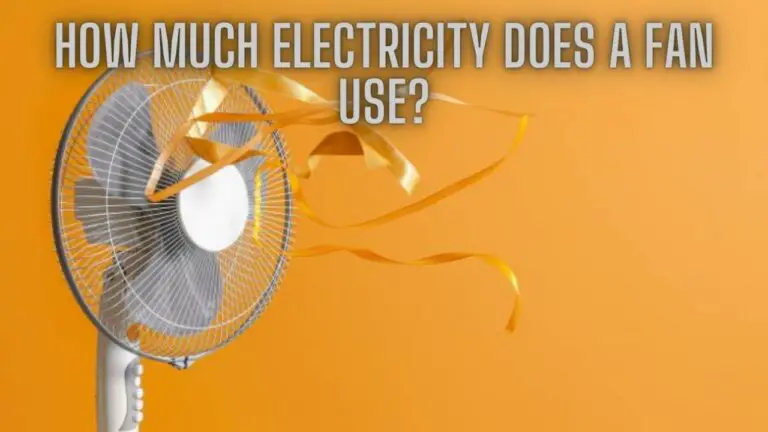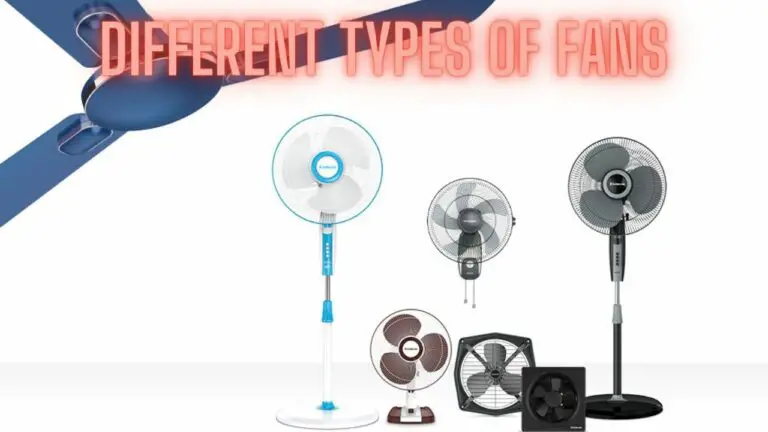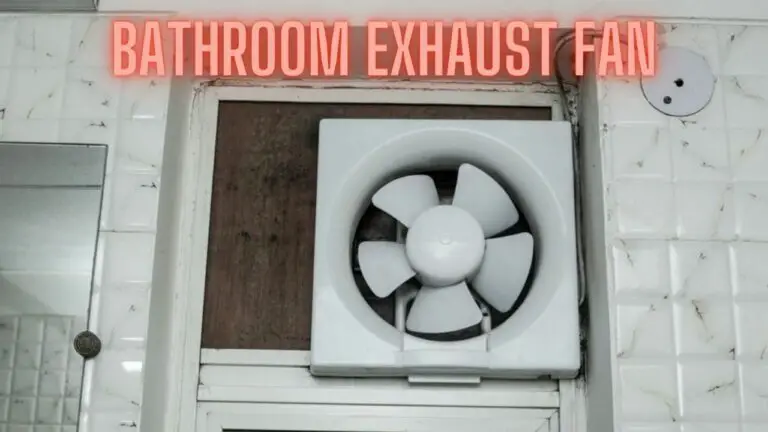Clockwise vs. Counterclockwise Fan: Choosing the Right Rotation for Your Comfort
Introduction
When it comes to keeping your living spaces comfortable and energy-efficient, ceiling fans play a crucial role. However, many people are unaware that the direction in which a ceiling fan rotates can have a significant impact on its performance and the overall comfort of a room. Clockwise and counterclockwise rotations serve distinct purposes, and understanding when to use each is essential for optimizing their benefits. In this article, we will explore the differences between clockwise vs counterclockwise fan rotations, helping you make informed decisions on how to keep your space cool or warm, reduce energy costs, and improve air circulation.
The Basics of Ceiling Fans
Before delving into the specifics of clockwise and counterclockwise fan rotations, it’s crucial to understand how ceiling fans work. Ceiling fans consist of a motor housing, blades, and a mount that attaches to the ceiling. The motor housing houses the fan’s motor and controls, while the blades are responsible for generating airflow. Ceiling fans are typically equipped with a reversible motor, allowing them to rotate in both directions. This feature is what enables fans to offer various benefits based on their rotational direction.
Counterclockwise Fan Rotation
Counterclockwise fan rotation is the default or summer mode for most ceiling fans. In this direction, the fan blades spin counterclockwise when observed from below. Counterclockwise rotation is ideal for cooling down a room during warm weather. Here’s how it works:
1. Air Circulation
Counterclockwise rotation creates a cooling effect by generating a breeze that blows air downward. This air movement directly impacts the occupants of the room, providing a sensation of freshness. This effect is similar to the natural breeze you might feel outdoors.
2. Evaporative Cooling
As the counterclockwise fan circulates air, it encourages perspiration on your skin to evaporate more quickly. This evaporation process helps your body cool down, making you feel more comfortable even at higher temperatures. As a result, you can raise your thermostat and reduce your air conditioning usage, leading to energy savings.
3. Energy Efficiency
Using a counterclockwise fan rotation in the summer allows you to set your thermostat a few degrees higher without compromising comfort. This, in turn, can lead to significant energy savings. Ceiling fans consume far less energy than air conditioning units, making them an eco-friendly and cost-effective cooling solution.
4. Air Distribution
In addition to creating a cooling effect, counterclockwise fan rotation helps distribute air evenly throughout the room. This eliminates hot spots and ensures a more consistent temperature in the space.
Clockwise Fan Rotation
Clockwise fan rotation is the reverse or winter mode for most ceiling fans. In this direction, the fan blades spin clockwise when viewed from below. Clockwise rotation serves a different purpose and is most effective in cooler weather. Here’s how it works:
1. De-stratification
During the winter, warm air tends to rise to the ceiling, leaving the lower part of the room cooler. Clockwise fan rotation helps de-stratify the air by gently pushing the warm air near the ceiling down to the living space. This ensures a more uniform and comfortable temperature throughout the room.
2. Reduced Heating Costs
By using a clockwise fan rotation, you can maintain a comfortable temperature with your thermostat set at a lower level. This can result in significant energy savings and reduced heating costs, making it an environmentally friendly choice for winter comfort.
3. Preventing Cold Drafts
Clockwise fan rotation works to prevent cold drafts in your living space. It circulates warm air without creating a direct breeze, ensuring that you remain cozy and comfortable even on the coldest days.
4. Improved Heating Efficiency
For rooms with high ceilings, open floor plans, or large windows, clockwise fan rotation can be particularly beneficial. It maximizes the efficiency of your heating system and minimizes temperature variations, providing a consistent warmth throughout the space.
How to Change the Rotation Direction
Changing the rotation direction of your ceiling fan is a straightforward process. Most modern ceiling fans come with a switch on the motor housing that allows you to toggle between clockwise and counterclockwise rotation. Here are the steps to change the direction:
- Turn off the ceiling fan and let the blades come to a complete stop.
- Locate the small switch on the motor housing.
- Flick the switch in the opposite direction to change the rotation.
It’s important to note that some ceiling fans may have a remote control or a smartphone app that allows you to change the rotation direction digitally. Refer to your fan’s user manual for specific instructions.
Choosing the Right Rotation for Your Needs
Selecting the right rotation for your ceiling fan depends on your specific needs, the season, and the room’s layout. Here are some guidelines to help you decide:
Counterclockwise Rotation is Ideal When:
- You want to cool down a room during hot weather.
- Energy efficiency and cost savings are essential to you.
- You want to create a comfortable breeze for better personal comfort.
- You want to reduce your air conditioning usage while maintaining a pleasant environment.
Clockwise Rotation is Ideal When:
- You need to distribute warm air evenly in a room during cold weather.
- You want to save on heating costs by setting your thermostat lower.
- You have a room with high ceilings, an open floor plan, or large windows.
- You want to prevent cold drafts while maintaining a cozy atmosphere.
In many cases, homeowners find it beneficial to use both rotations at different times of the year to maximize comfort and energy savings
Additional Tips for Optimizing Ceiling Fan Performance
Here are some additional tips to get the most out of your ceiling fan:
- Fan Blade Angle: Make sure your fan blades are set at the correct angle. In summer mode, the blades should be set to push air downward, and in winter mode, they should be set to pull air upward.
- Fan Height: Install your fan at an optimal height to maximize its effectiveness. For rooms with lower ceilings, the fan should be closer to the floor, while rooms with high ceilings may require longer downrods.
- Regular Maintenance: Clean your fan blades and motor housing periodically to ensure smooth and efficient operation. Dust and dirt can accumulate and affect performance.
- Use in Conjunction with HVAC: Ceiling fans work best when used alongside your heating or cooling system. They are not meant to replace air conditioning or heating units but rather to enhance their performance.
- Consider the Direction of Fan Blades: For rooms with different layouts or furniture arrangements, you may need to adjust the direction of the fan blades to ensure effective air circulation.
- Choose the Right Size: Select a fan with an appropriate blade size and motor power for the room’s dimensions. An undersized fan won’t provide adequate comfort, while an oversized fan can create discomfort and noise.
Frequently Asked Questions (FAQs) about Clockwise vs. Counterclockwise Fans
- What is the difference between clockwise and counterclockwise fans?
- Clockwise and counterclockwise refer to the direction in which the fan blades rotate when viewed from above. In the Northern Hemisphere, clockwise rotation is typically used for winter or heating mode, while counterclockwise rotation is used for summer or cooling mode.
- Which direction should my ceiling fan rotate in the winter?
- In the winter, your ceiling fan should rotate in a clockwise direction when viewed from below. This helps distribute warm air trapped near the ceiling down to the living space, creating a more even temperature and reducing heating costs.
- Which direction should my ceiling fan rotate in the summer?
- In the summer, your ceiling fan should rotate in a counterclockwise direction when viewed from below. This creates a breeze effect that helps evaporate sweat from your skin, making you feel cooler without actually lowering the room temperature.
- How do I change the direction of my ceiling fan?
- Most ceiling fans have a switch located on the motor housing or remote control that allows you to change the direction of the fan blades. Simply flip the switch to change between clockwise and counterclockwise rotation.
- Do all ceiling fans have a reversible motor for changing directions?
- No, not all ceiling fans have a reversible motor. Some models may only rotate in one direction, typically counterclockwise for cooling. If you’re unsure whether your ceiling fan has a reversible motor, consult the fan’s user manual or contact the manufacturer for clarification.
- Can I use my ceiling fan year-round?
- Yes, you can use your ceiling fan year-round by adjusting the direction of the fan blades according to the season. In the winter, use clockwise rotation to distribute warm air, and in the summer, use counterclockwise rotation for cooling.
- Do floor fans or desk fans have reversible motors like ceiling fans?
- Reversible motors are less common in floor fans or desk fans compared to ceiling fans. However, some high-end models may offer this feature. If you’re unsure, check the fan’s user manual or product specifications to see if it has a reversible motor.
- Can I feel the difference in airflow between clockwise and counterclockwise rotation?
- While the difference in airflow between clockwise and counterclockwise rotation may not be immediately noticeable, you can usually feel a breeze effect when the fan is set to counterclockwise rotation, which is more suitable for cooling in the summer.
These FAQs provide information about the differences between clockwise and counterclockwise fans, as well as guidance on how to use them effectively for both heating and cooling purposes. Understanding the direction of rotation and how it affects airflow can help maximize the efficiency and comfort of your fan usage throughout the year.
Conclusion
Clockwise and counterclockwise fan rotations offer unique advantages depending on the season and your comfort goals. Understanding how to use these rotations effectively can lead to energy savings, improved air circulation, and a more pleasant living environment. By making the right choice and using your ceiling fan in conjunction with your heating or cooling system, you can create a comfortable and efficient indoor climate year-round. So, whether you’re trying to stay cool in the summer or cozy in the winter, your ceiling fan can be a valuable tool in achieving

